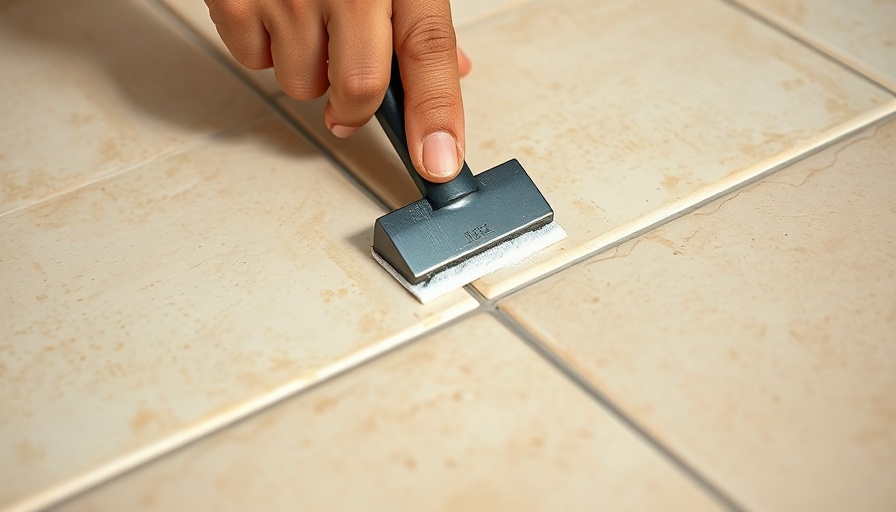
Revitalize Your Tiles: The Essential Guide to Grout Removal
Are you frustrated with unsightly grout lines or dealing with damaged tiles? You’re not alone! Many homeowners face the challenge of maintaining their tile surfaces, especially when grout becomes hard to clean or discolored over time. Fortunately, there are effective and affordable methods to remove grout without causing damage to your tiles.
Why You Might Need to Remove Grout
Over time, grout can accumulate dirt, mold, or even become discolored from cleaning products. Whether you want to refresh the look of your tile or replace damaged grout, knowing how to safely remove grout is essential. Besides color changes, structural issues in grout can lead to leaks and further damage. Thus, it’s crucial to address these problems promptly.
Tools and Materials You'll Need
Regardless of the method you choose, having the right tools is vital for effective grout removal. Standard items include:
- Safety goggles
- Oscillating tool (ideal for power removal)
- Utility knife
- Wooden or plastic scrapers
- Bucket and sponge for cleaning
- Sugar and water solution
- Vinegar for tougher spots
Methods for Grout Removal
You can approach grout removal in effective yet straightforward ways. Here are four complete methods:
1. Using an Oscillating Tool
This method is one of the most efficient. Just secure the right blade, wear your safety goggles, and let the tool do the work. An oscillating tool can quickly remove grout without damaging tiles, making it a favorite among DIY enthusiasts.
2. DIY Solution: Sugar and Water
If you prefer a gentler approach, mix a gallon of water with one cup of sugar. Apply this solution to the grout and let it sit overnight. This softens the grout, allowing for easy removal without the use of harsh chemicals or tools.
3. Utilizing Vinegar
For more stubborn grout, mixing equal parts vinegar and water can work wonders. However, always do a patch test first to avoid staining your tiles. After applying, scrub with a sponge for best results.
4. Manual Scraping
Using either a plastic or wooden scraper, gently remove the softened grout. This can be combined with either of the previous solutions for enhanced effectiveness.
When to Call in Professionals
Not all grout removal is DIY-friendly! If faced with extensive damage or if your tiles are delicate, hiring a professional can save you time and protect your investment. Though self-service methods work for small jobs, don't hesitate to seek professional help when needed.
Conclusion: Take Action Today!
Removing grout might seem daunting, but with the right tools and methods, it can be a rewarding DIY project. Restore the shine to your tiles and give your home that fresh look it deserves. Have you decided on your cleaning method? For more guidance and home improvement tips, check our website regularly!
 Add Row
Add Row  Add
Add 




Write A Comment